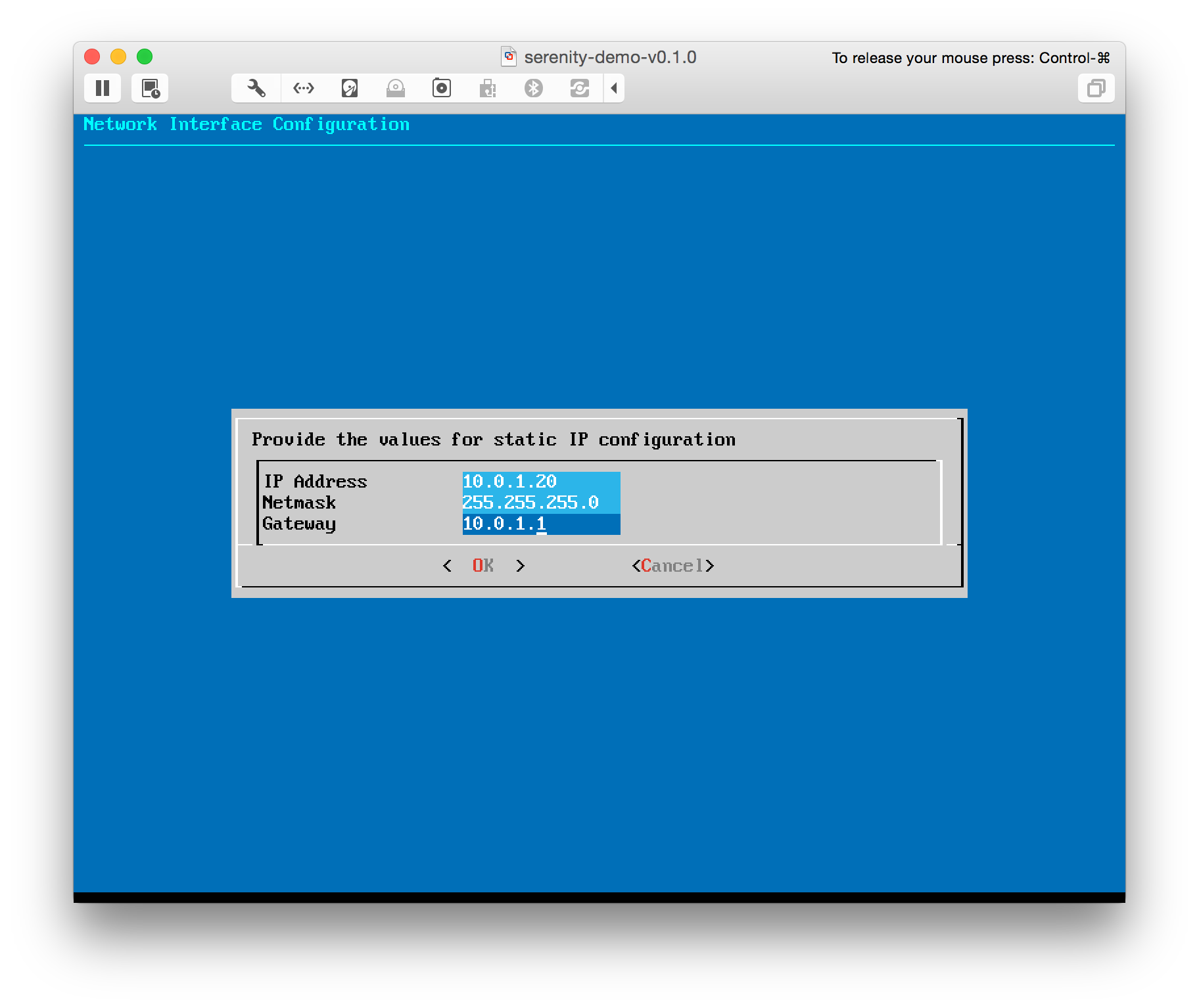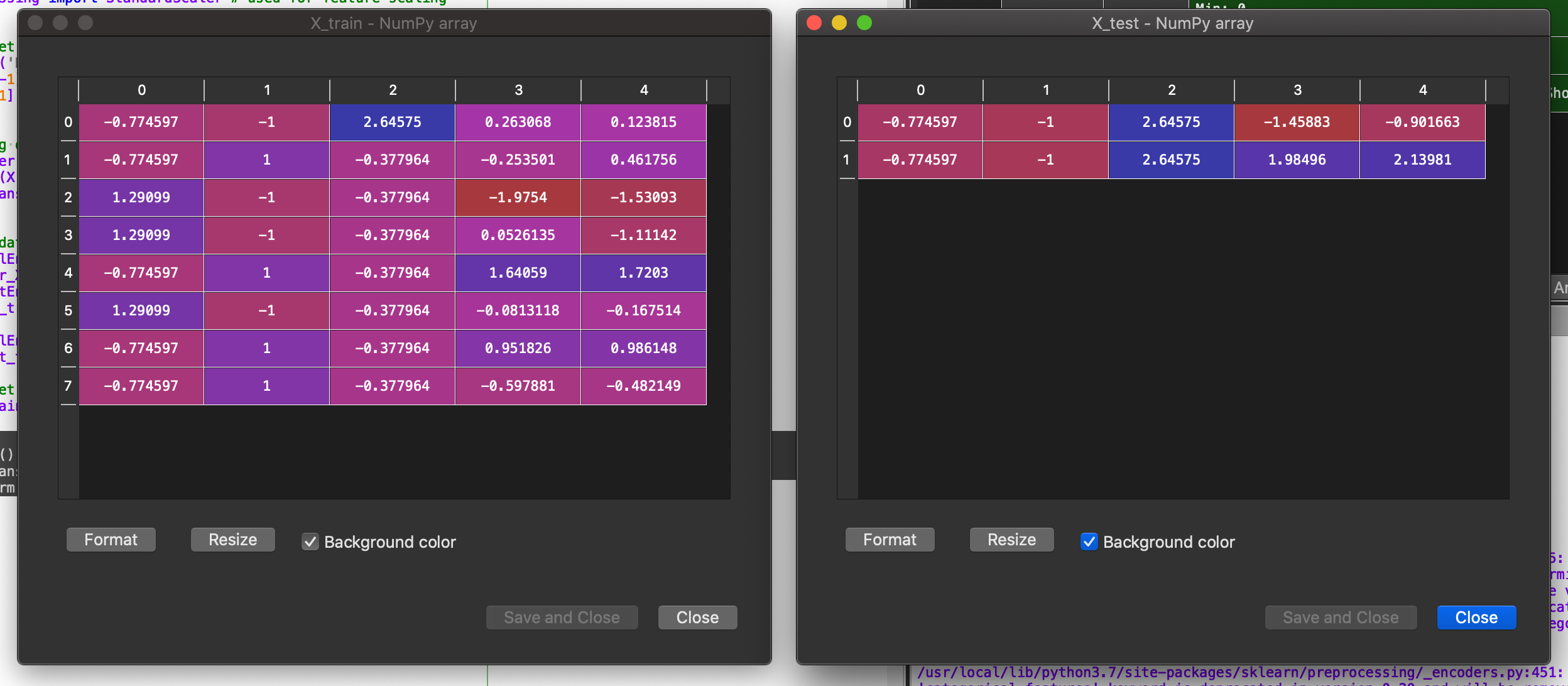

- PYTHON SUBPROCESS GET OUTPUT HOW TO
- PYTHON SUBPROCESS GET OUTPUT CODE
- PYTHON SUBPROCESS GET OUTPUT PASSWORD
I can see no reason to store the command in a variable, but perhaps you have one. Shell=False is the default, and so I omitted that. Specifying /bin/bash or using the default /bin/sh. Using communicate () to try and send the query to the isql command or having the query be part of the command string using a heredoc. This is usually good hygiene, but might need to be tweaked if the command you run could emit an error status in situations where your use case could nevertheless be completed, or if you need to avoid tracebacks in unattended use. Using the entire command as a string, or as a list of strings. If not, you will probably need to capture any diagnostic messages and display them in a log file or something.Ĭheck=True specifies that Python should check that the command succeeds, and raise an exception if not. Not specifying any destination for stderr means error messages will be displayed to the user, which is probably a useful simplification if the tool will be invoked interactively. Specifying a binary output mode avoids having Python try to infer anything about the encoding of the bytes emitted if you need to process text, you might want to add an encoding= keyword argument to the subprocess call. Process = n(cmd, stdout=outputfile, check=True) # Renamed the variable this is not a "file" by any stretch should be preferred for simplicity and robustness. The following program will run netstat unix command and start display output immediately on screen: /usr/bin/python import subprocess, sys command to run - tcp only cmd '/usr/sbin/netstat -p tcp -f inet' run it. you will not get real time output from the command. If all you need is for a command to run to completion, n or its legacy siblings check_call et al. It will block next statement till external command is completed i.e. Process = Popen(cmd, stdin=PIPE, stdout=PIPE, stderr=PIPE)ī"FROM database_rmation_schema.You have an error in your command the list needs to have commas between the strings (otherwise you are pasting together the individual strings to a single long string "hive-ftest.sql"!)Īs pointed out in the subprocess documentation, you should generally avoid bare Popen when you can. The result could look like: #!/usr/bin/env pythonĬmd = shlex.split(r'isql -v -b -d, DSN_NAME "DOMAIN\username" password') > subprocess.call(u'cat > subprocess.call(u'cat > subprocess.call(r'cat > process = subprocess.Popen(, stdin=subprocess.PIPE, stdout=subprocess.PIPE) Shell=True makes subprocess use /bin/sh by default. I can't even see what command is being sent to the shell, even using pdb. out: 'STDOUT: Hello World STDERR: Welcome to the dark side STDOUT: Second line STDERR: Warning ' err: 'None' exit: 42 In order for this to work properly on a Python script we'll need to turn off output buffering for the child process. I feel like this should be pretty simple, send a command to the shell and get the output back, but I just can't make it work. Here we had stderr subprocess.STDOUT instead of stderr subprocess.PIPE. I'm pretty sure that the command isn't being sent to the shell as is but I can't tell what is being sent to the shell. In no case do I receive the output of the query that I'm looking for.

Using communicate() to try and send the query to the isql command or having the query be part of the command string using a heredoc.Using the entire command as a string, or as a list of strings.This is especially useful for outputs which are infinite. And here is how: You need to set the environment variable PYTHONUNBUFFERED1. Dear Python just give me the output directly.
PYTHON SUBPROCESS GET OUTPUT PASSWORD
Isql -v -b -d, DSN_NAME "DOMAIN\username" password <<< Also for having real realtime read of the output of the process you will need to tell python that you do NOT want any buffering.
PYTHON SUBPROCESS GET OUTPUT CODE
My code currently looks similar to the following: bash_command = ''' You can vote up the ones you like or vote down the ones you don't like, and go to the original project or source file by following the links above each example.
PYTHON SUBPROCESS GET OUTPUT HOW TO
I can't use one of the nice Python database connectors for various reasons which leaves me trying to pipe output from isql. The following are 30 code examples for showing how to use subprocess.checkoutput().These examples are extracted from open source projects. I'm trying to do this from within Python because I need to be able to modify the query and get different result sets back and then process them in Python. This command works perfectly when I run it in a bash shell but I can't get it to work when running from within Python.

Using the subprocess module how do I get the following command to work? isql -v -b -d, DSN_NAME "DOMAIN\username" password <<<įROM database_rmation_lumns


 0 kommentar(er)
0 kommentar(er)
